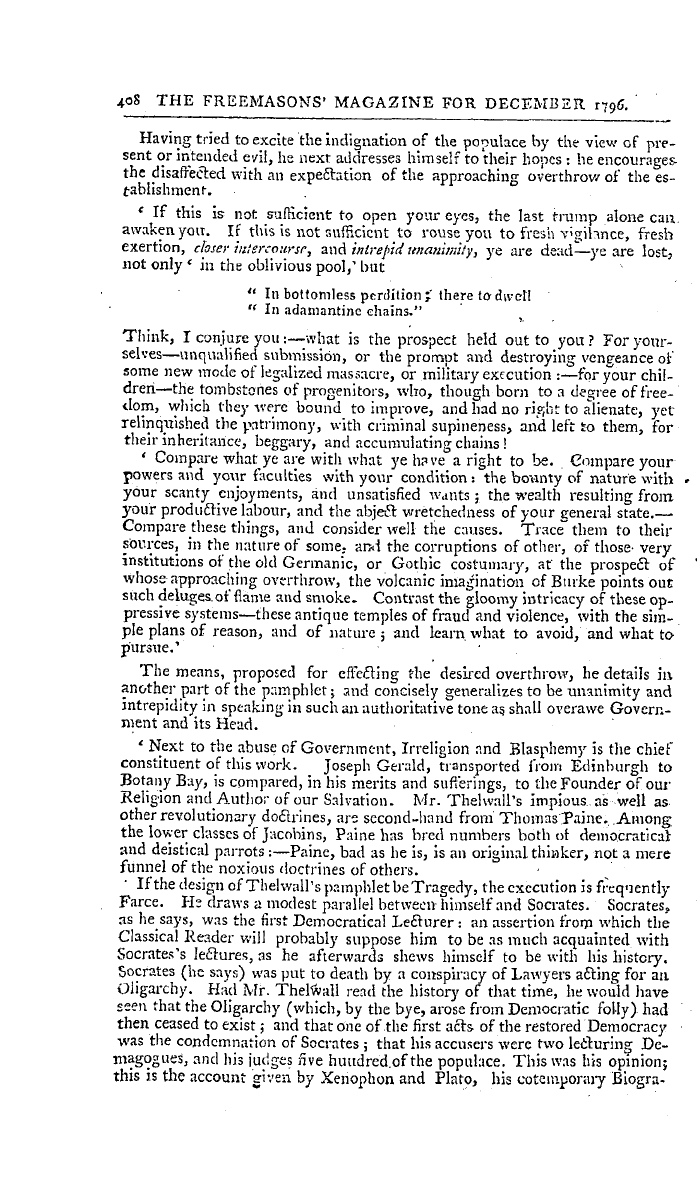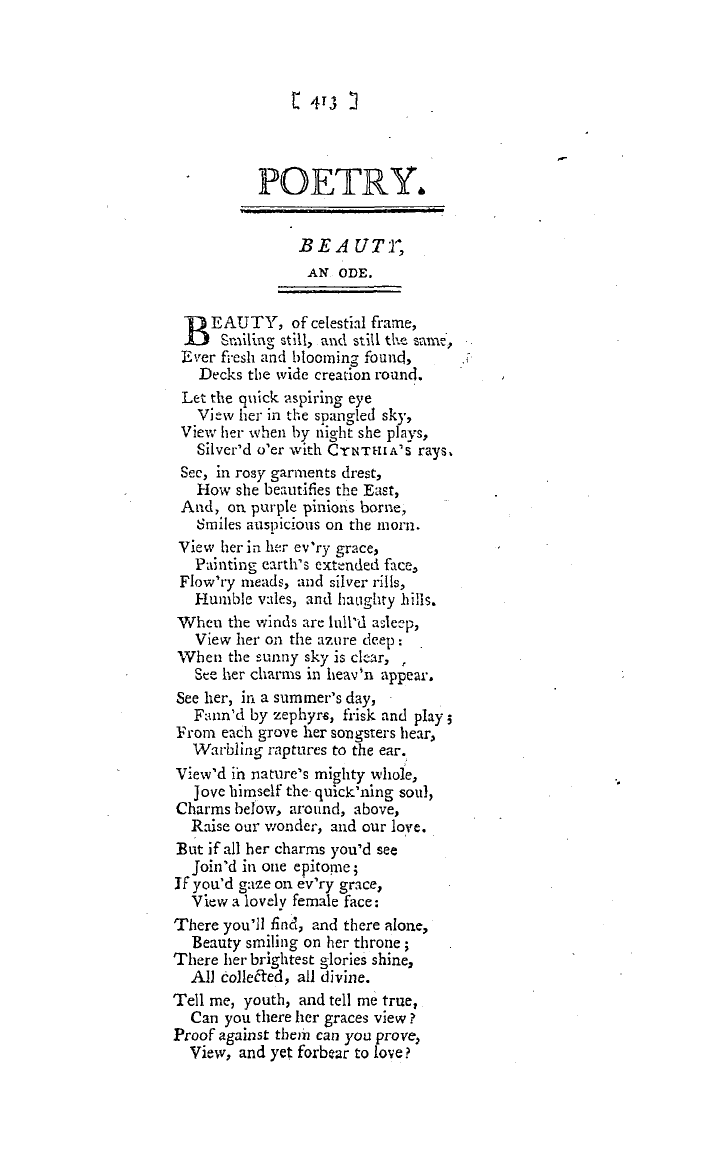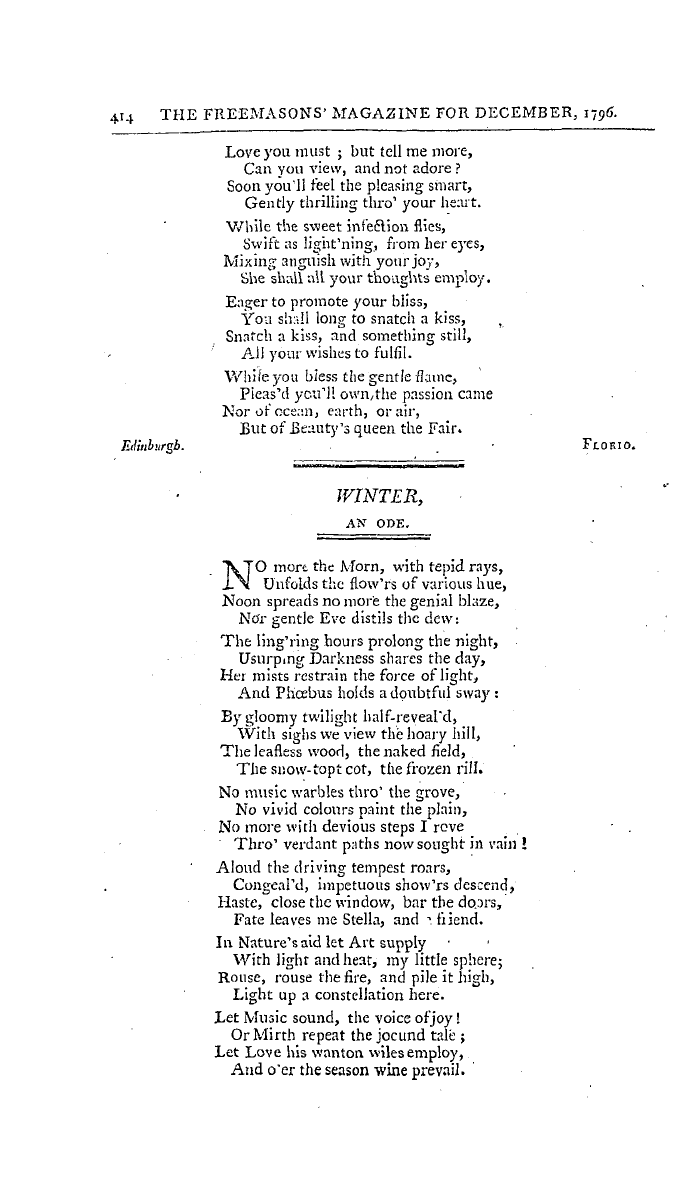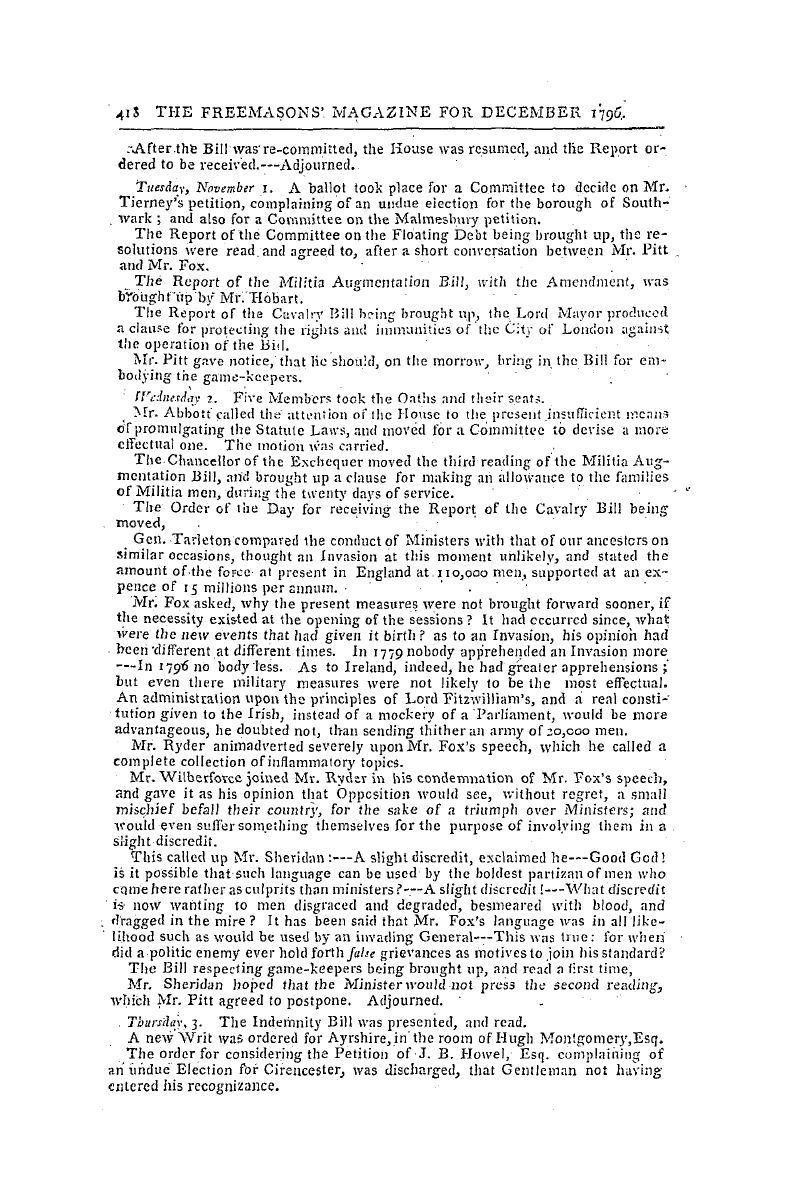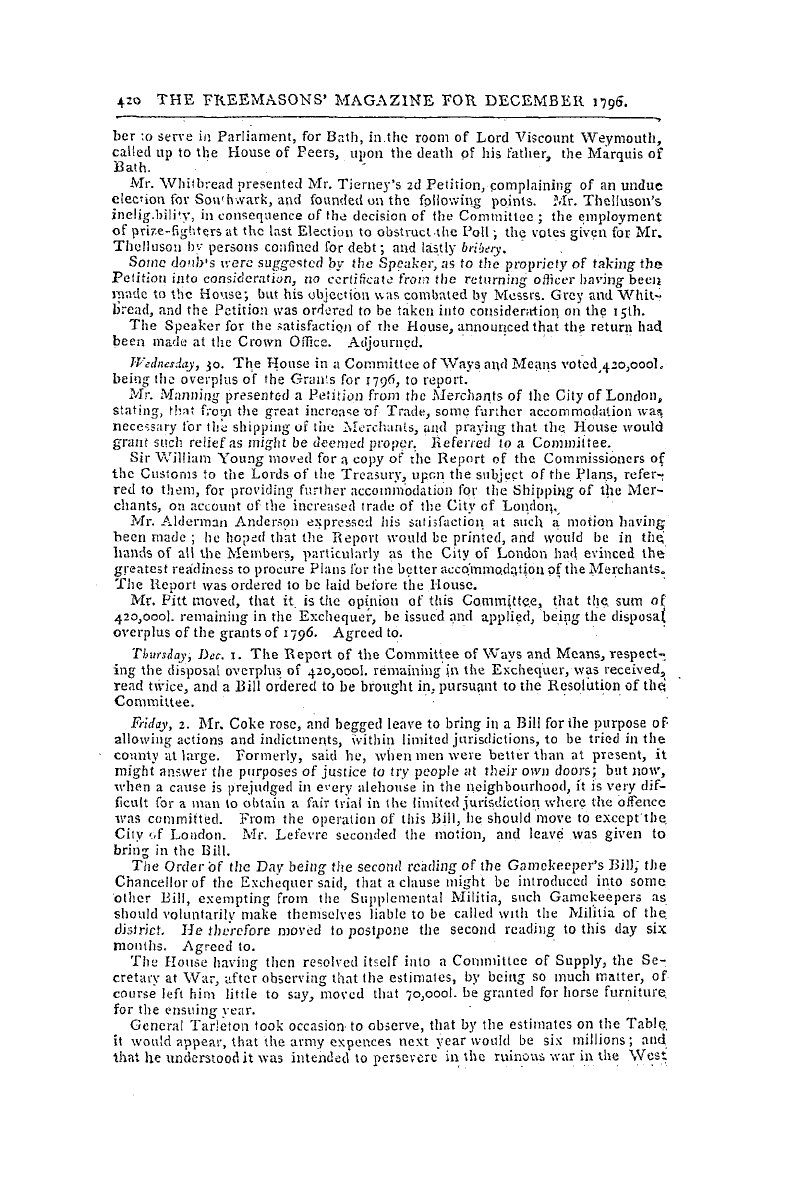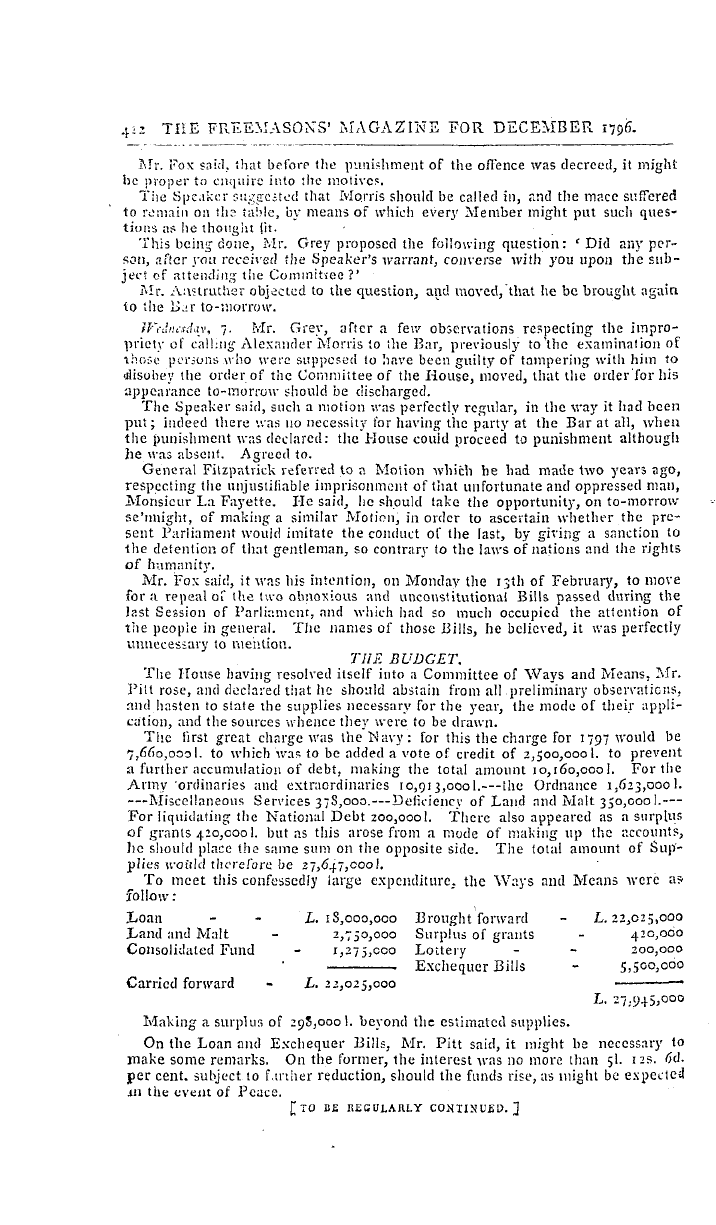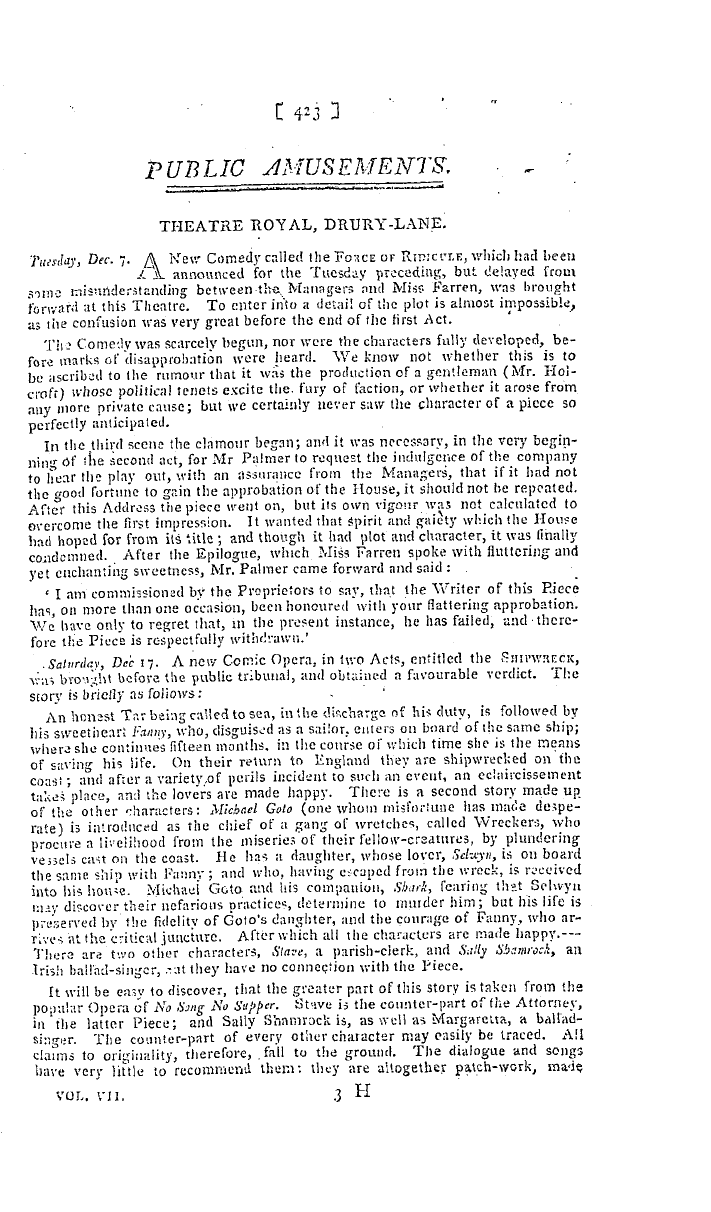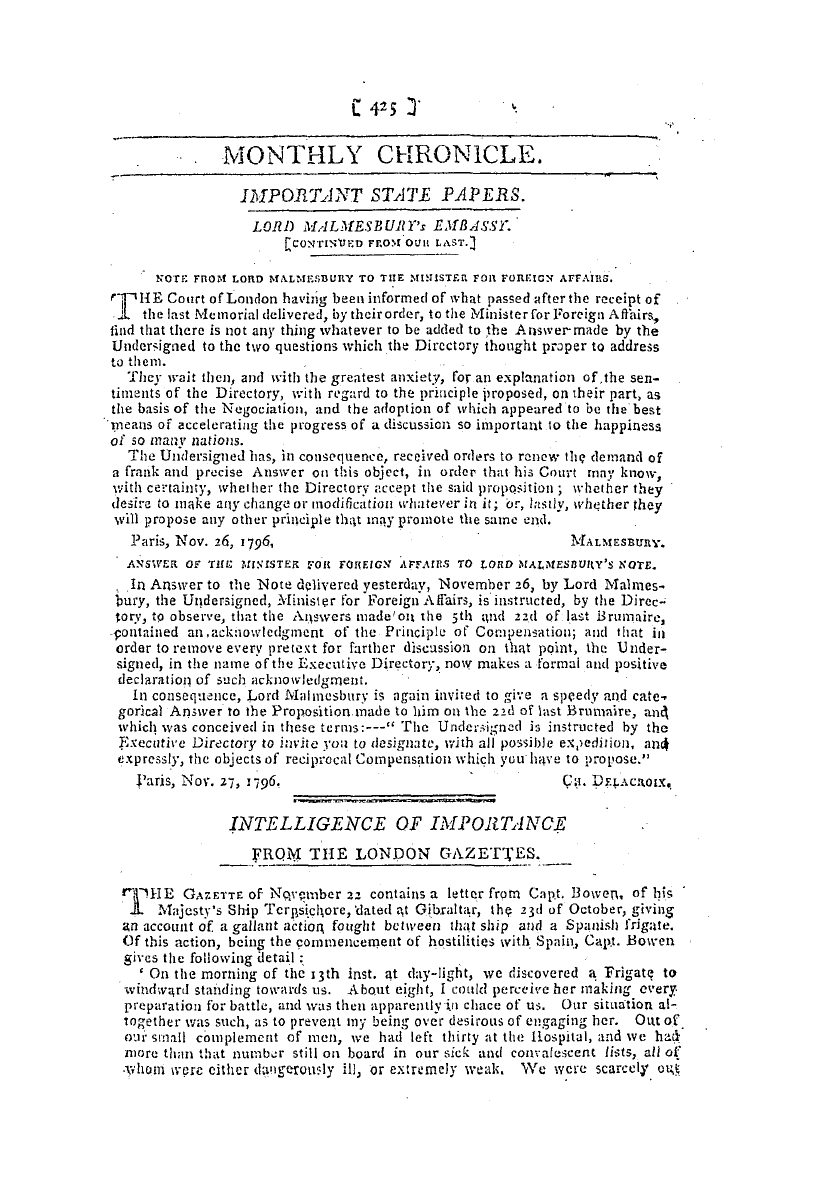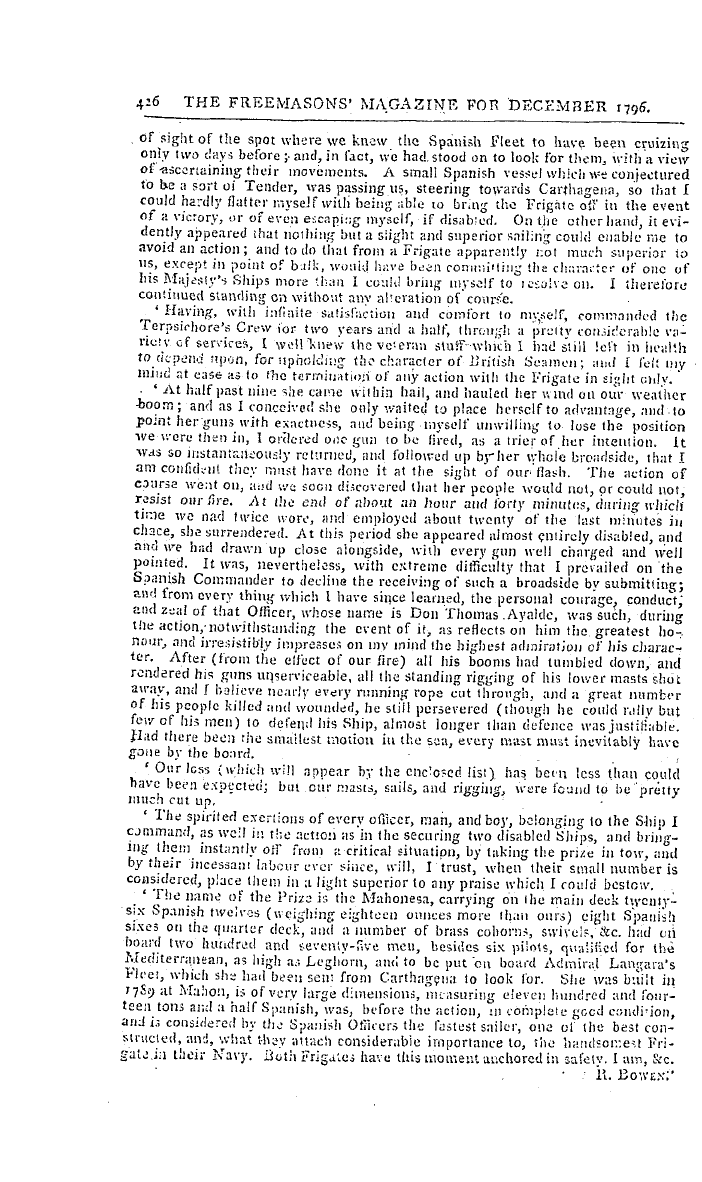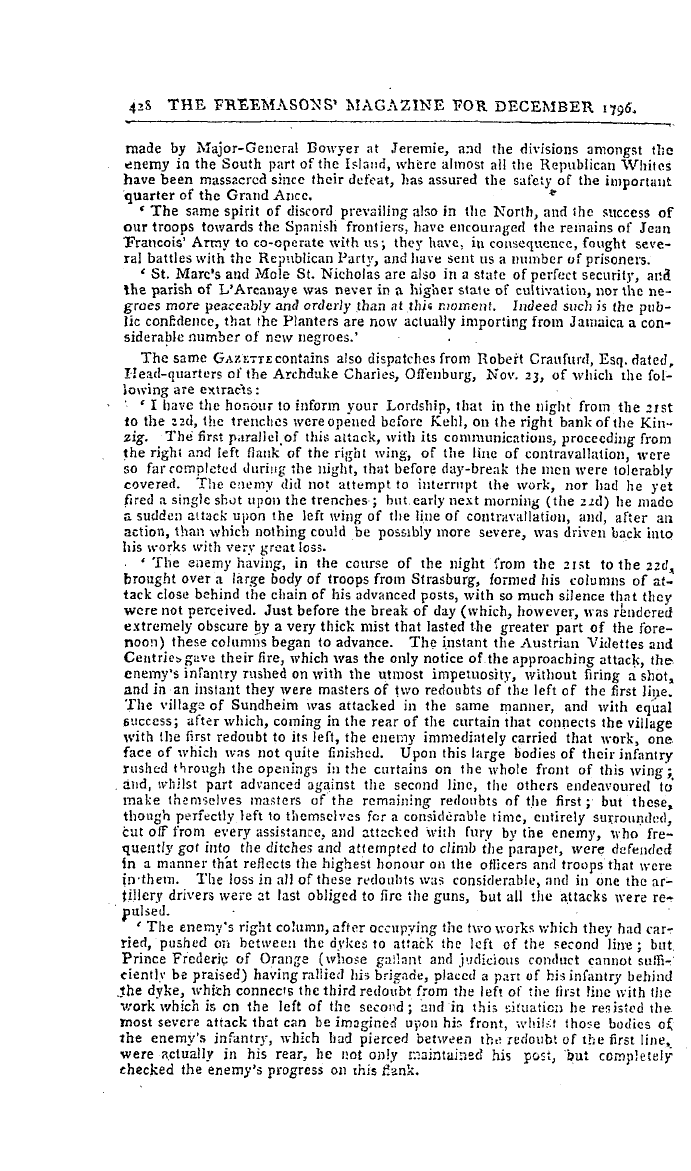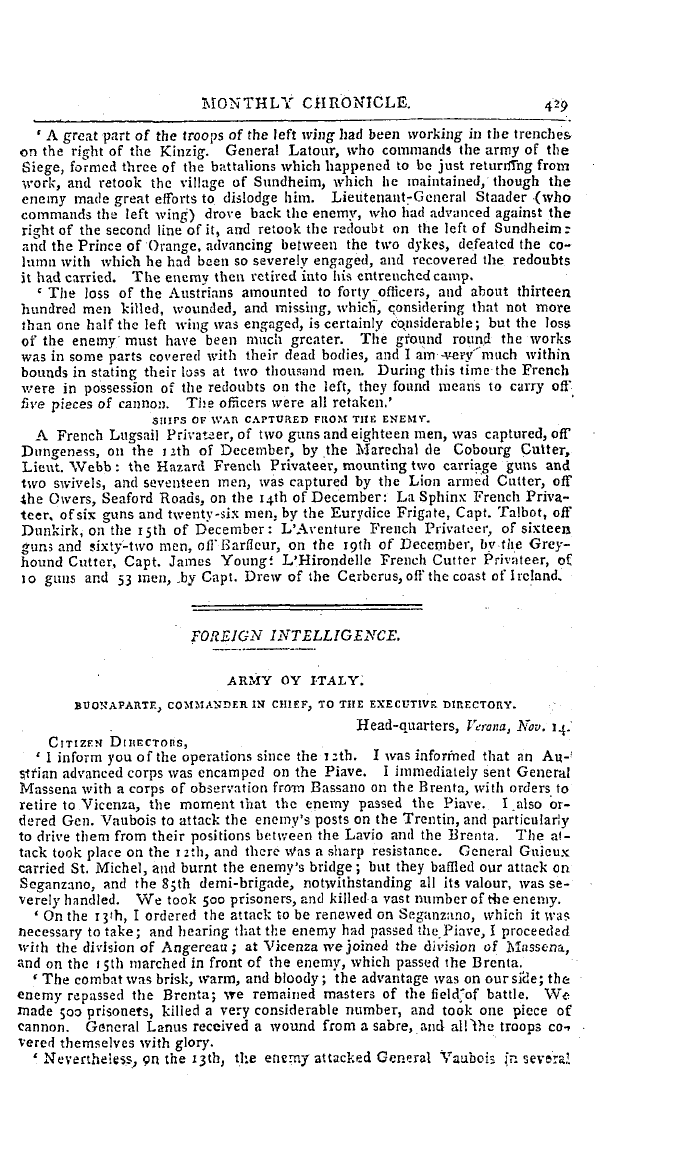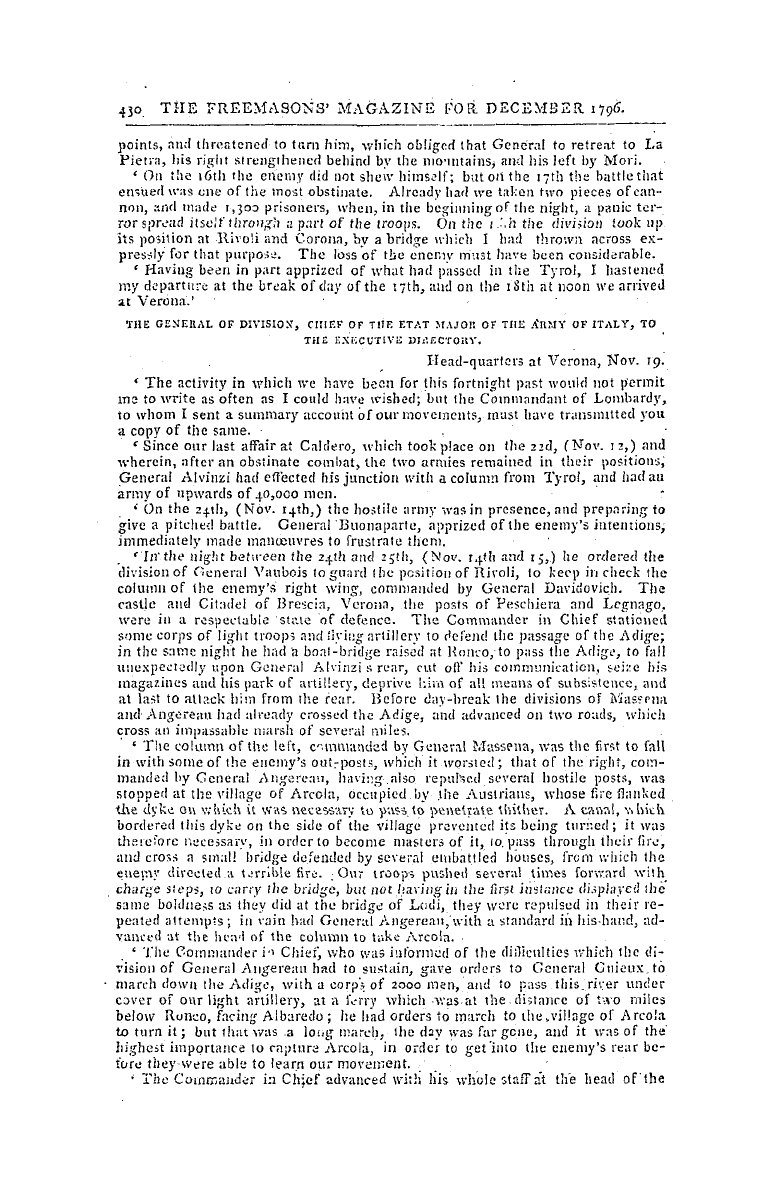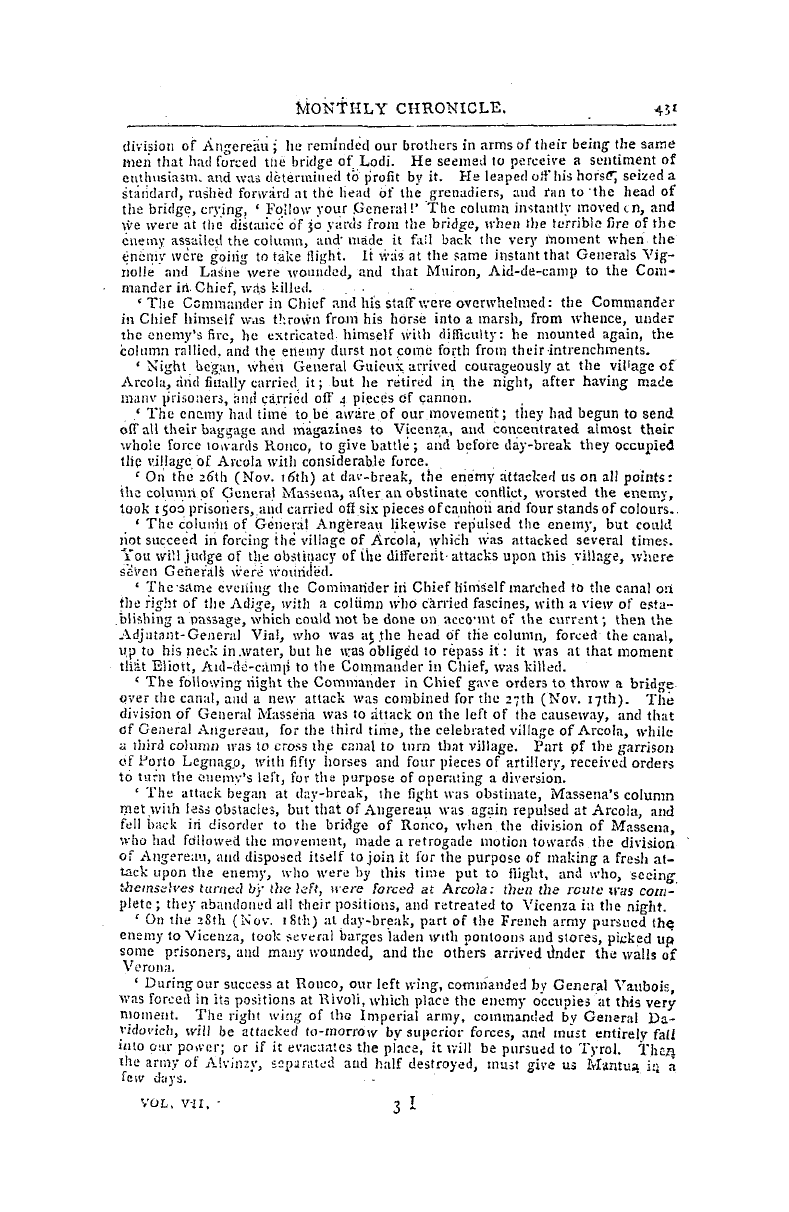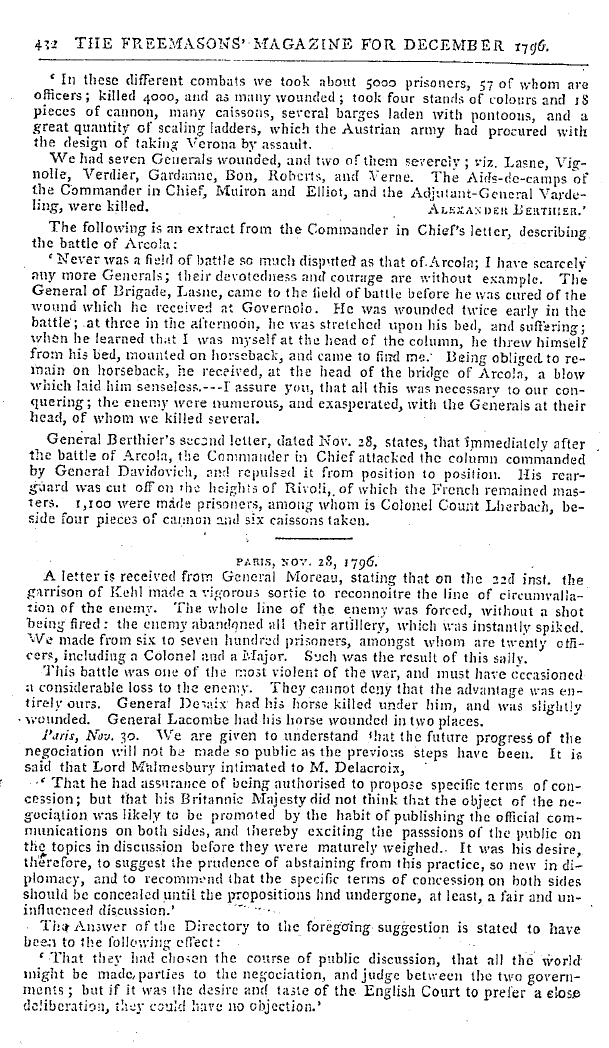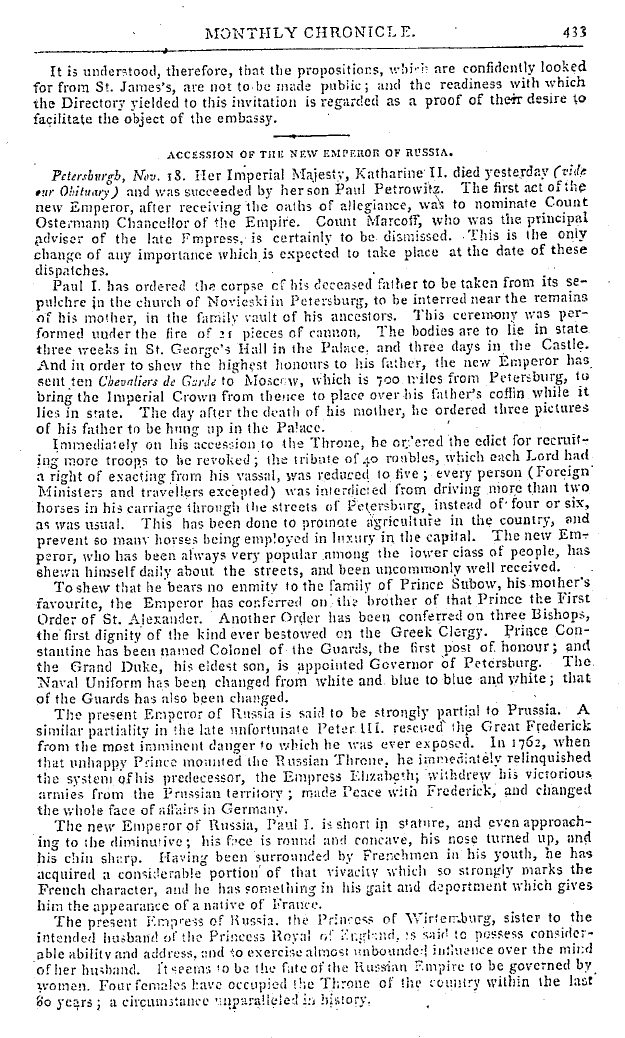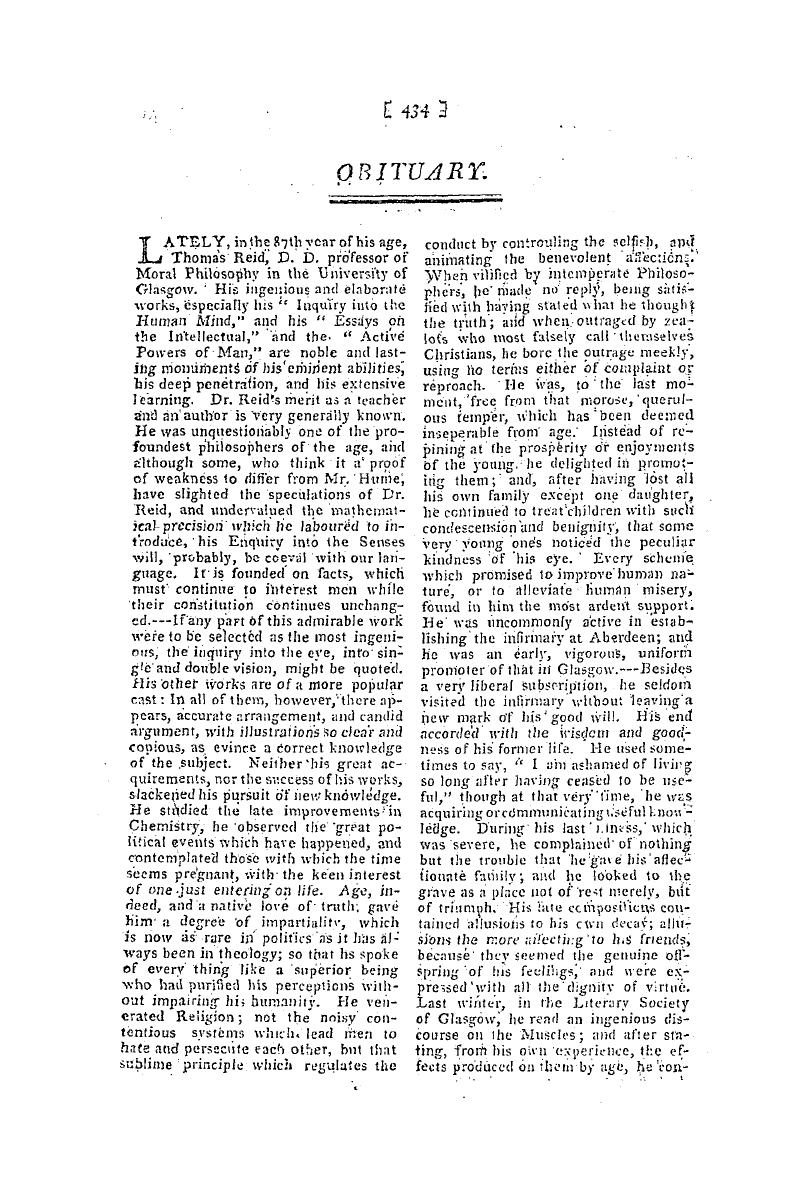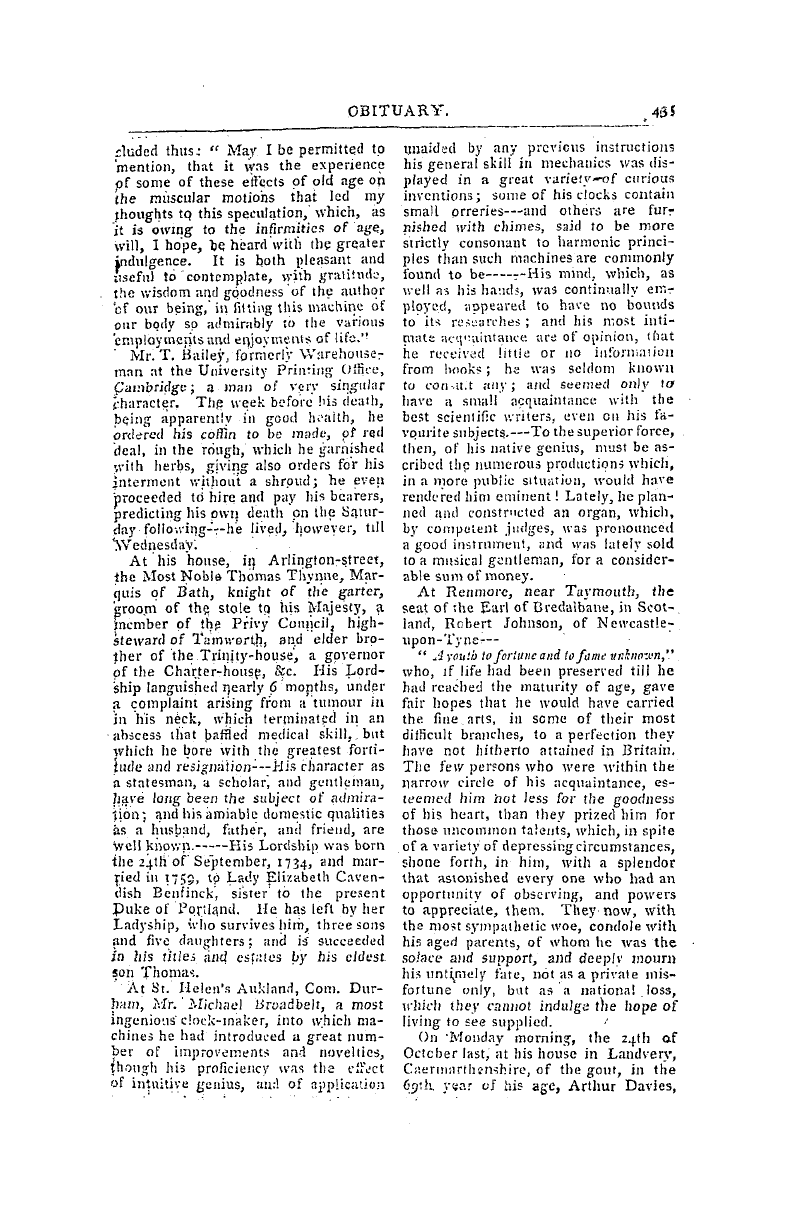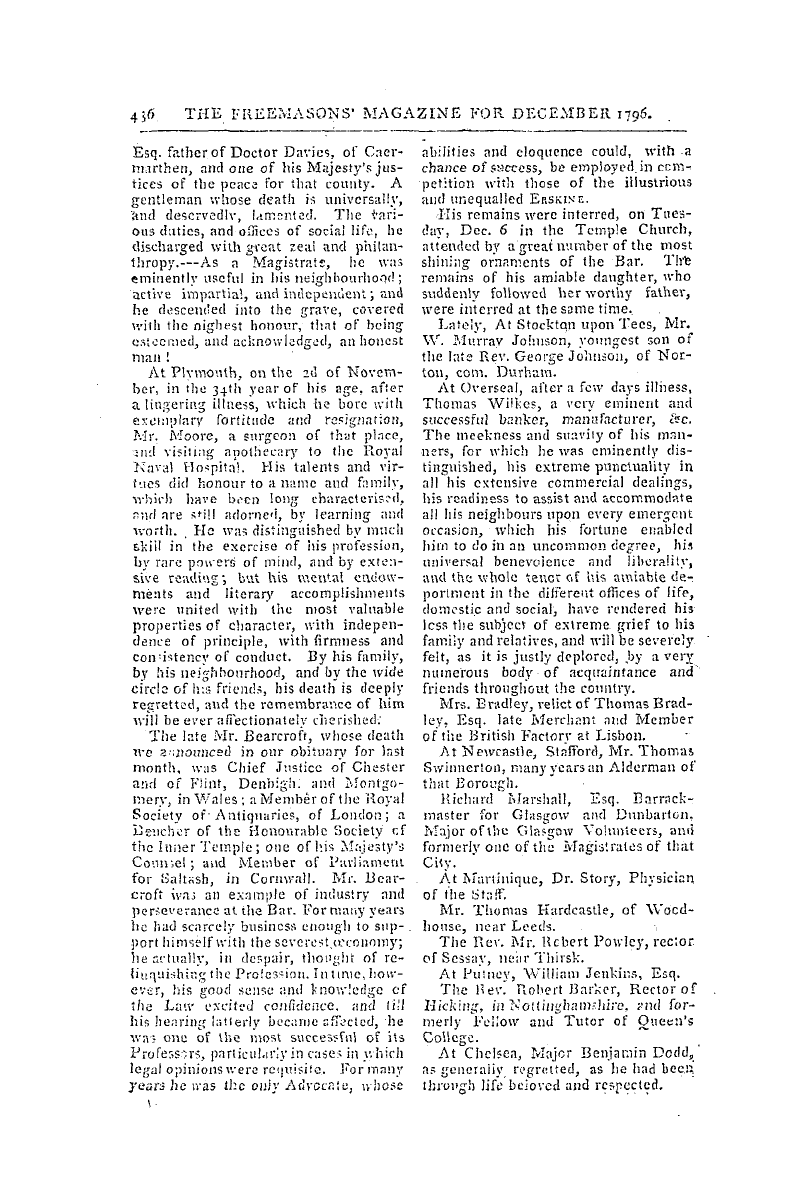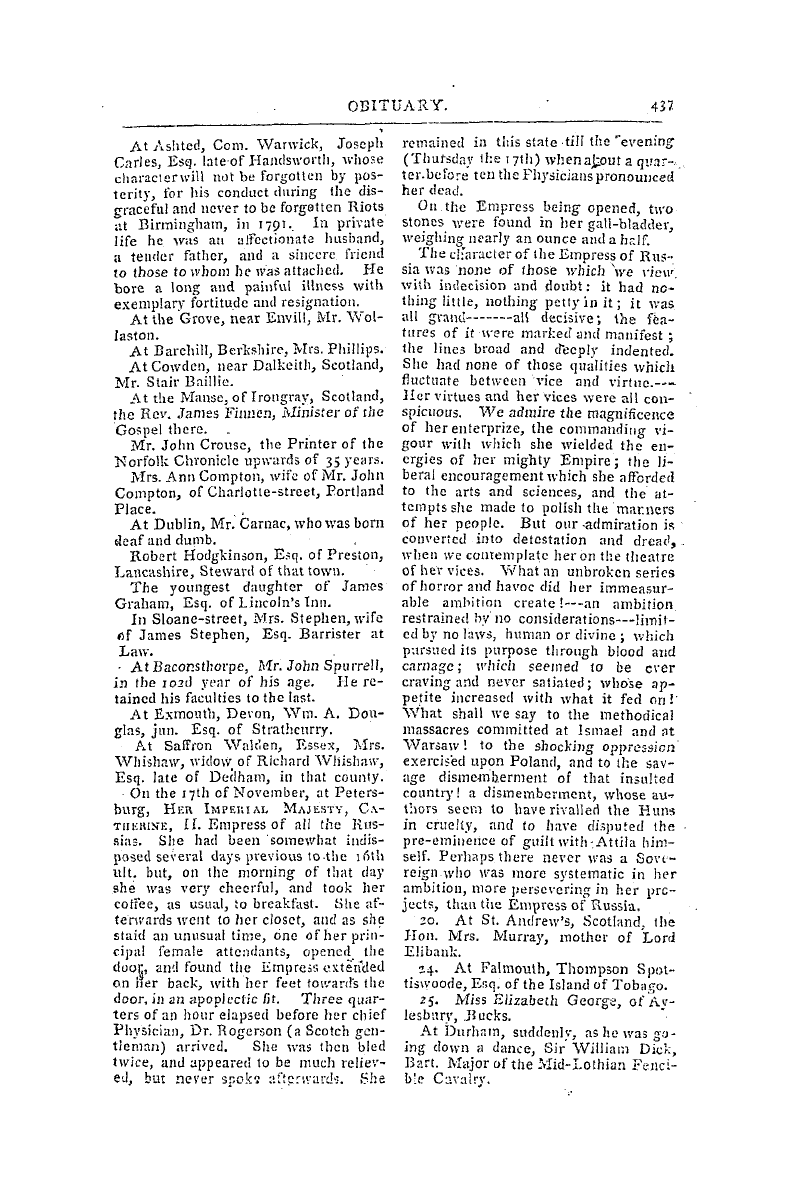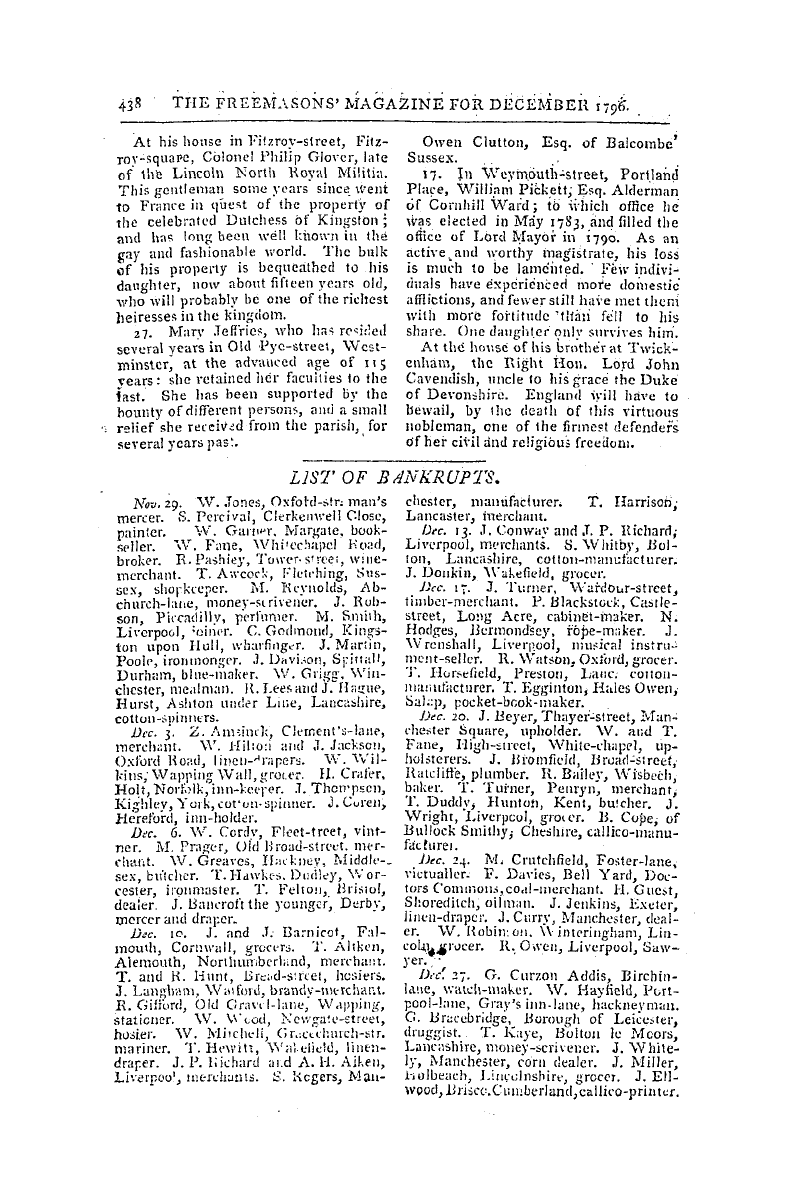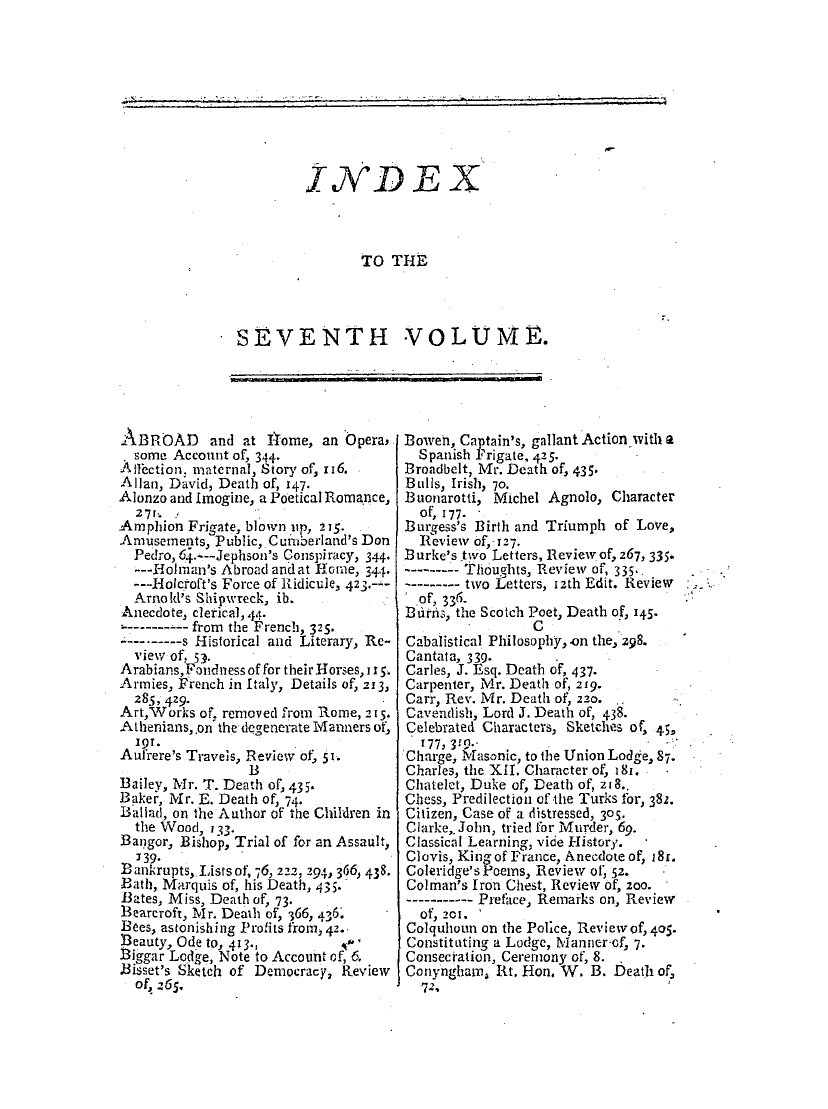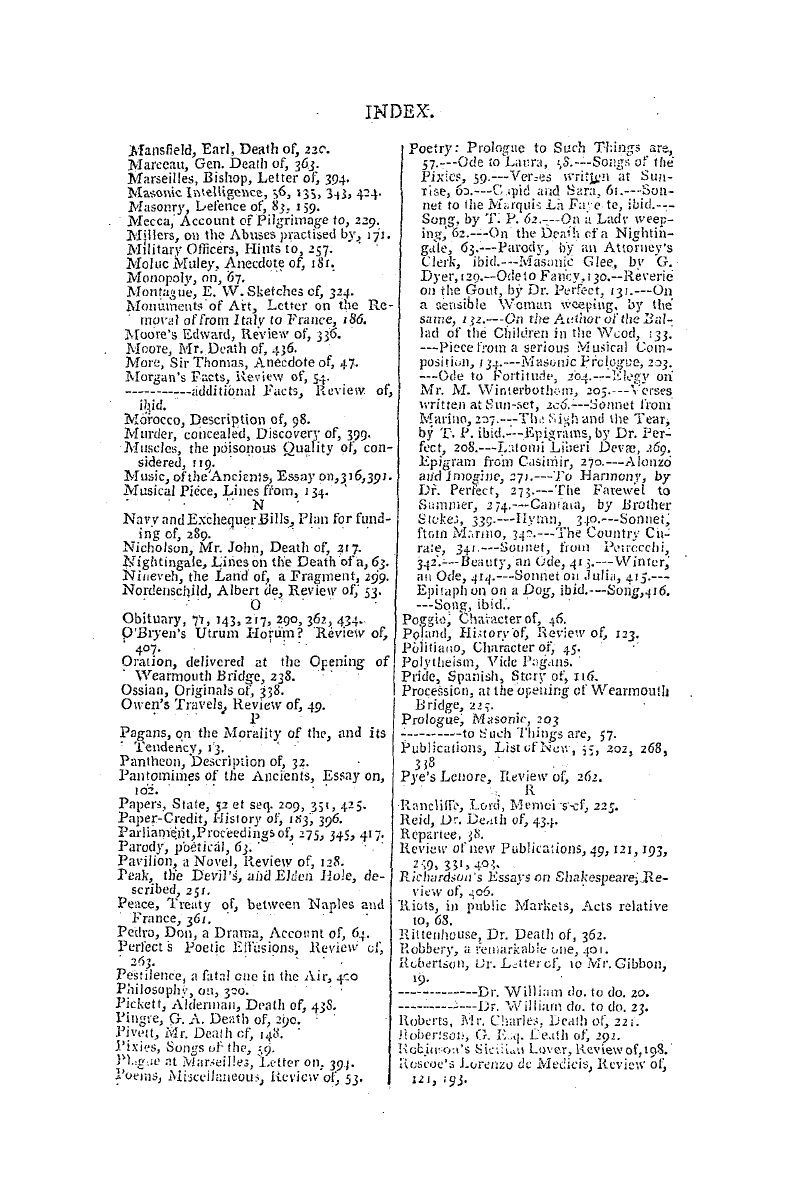Note: This text has been automatically extracted via Optical Character Recognition (OCR) software.
Origin And History Of Promissory Notes And Paper Credit.
It is just about this time * that we find the Goldsmiths to have first issued their promissory twtes . This date of their first introduction seems to be pretty clearly ascertained . The success which attended the adoption of promissory notes , one of the projects urged in vain during the period of the Commonwealth , seems to have suggested the notion of reducing others also , connected with thatinto practice . Accordingly , in 1683 the scheme of a general
, , Bank supported by a numerous association of subscribers , ( a scheme which had been proposed in different shapes under Cromwell ) was revived by Dr . Chamberlain and Mr . Robert Murray , who had lately established the Penny Post . Though this scheme of a Bank did not take effect , yet it probably gave the hint of the Bank of England , erected by other more fortunate projectors about eleven years after .
This formation and establishment of the Bank of England in 16 94 is the great epoch in the history of Paper-credit ; and here we have , on the authority of Parliament , some material evidence applying to our immediate object . In the Act of Incorporation , there is a clause which plainly indicates the true birth and parentage of promissory notes as derived from the bills of debtor bills obligatoryof former
, , times . The original Bank Notes were actually sealed bills , and bore an interest of two-pence by the day for every hundred pounds . The establishment of the Bank of England gave a new spring to the minds of projectors ; and among other plans soon after published , was one . for promoting the circulation of notes of hand and letters oi
credit . This plan did not take effect ; but the circulation gained ground . . Soon afterwards this sort of paper credit had the sanction of the state . In 16 9 6 Exchequer bills were first issued . In the mean time , however , the Common Law had made a powerful stand against the notes of the Goldsmiths ; especially , against the legal operations which their inventors and patrons endeavoured to give them . It was attempted to assimilate them to bills of Exchangeand to bringactions
, upon them in the same manner , under the custom of merchants . In the second year of William and Mary , a case arose upon one of these bills , when the Jury found a verdict against one Coggs , a Goldsmith , on his promissory note ; but upon motion in arrest of judgment it was ruled that such notes were not bills of exchange . It would be to no purpose to mention every case in which the Goldsmiths were
defendants on their promissory notes . The Court of Common Pleas seemed at one time much inclined to favour these notes as a great convenience to trade ; but the Court of King ' s Bench was strenuous in opposing them . It was in the first year of Queen Anne , that the doctrine was there settled on various points in different cases . A variety of actions on these notes were established in the Court of
Common Pleas , and the judgment reversed by writ of Errorin the King ' s Bench . But the merchants still persisted ; and , in 1703 , judgment in a case being postponed , Chief Justice Holt at length declared that he had been informed by two of the most famous merchants in London ' tua , t it was very frequent with them to take such . notes , that thev
Note: This text has been automatically extracted via Optical Character Recognition (OCR) software.
Origin And History Of Promissory Notes And Paper Credit.
It is just about this time * that we find the Goldsmiths to have first issued their promissory twtes . This date of their first introduction seems to be pretty clearly ascertained . The success which attended the adoption of promissory notes , one of the projects urged in vain during the period of the Commonwealth , seems to have suggested the notion of reducing others also , connected with thatinto practice . Accordingly , in 1683 the scheme of a general
, , Bank supported by a numerous association of subscribers , ( a scheme which had been proposed in different shapes under Cromwell ) was revived by Dr . Chamberlain and Mr . Robert Murray , who had lately established the Penny Post . Though this scheme of a Bank did not take effect , yet it probably gave the hint of the Bank of England , erected by other more fortunate projectors about eleven years after .
This formation and establishment of the Bank of England in 16 94 is the great epoch in the history of Paper-credit ; and here we have , on the authority of Parliament , some material evidence applying to our immediate object . In the Act of Incorporation , there is a clause which plainly indicates the true birth and parentage of promissory notes as derived from the bills of debtor bills obligatoryof former
, , times . The original Bank Notes were actually sealed bills , and bore an interest of two-pence by the day for every hundred pounds . The establishment of the Bank of England gave a new spring to the minds of projectors ; and among other plans soon after published , was one . for promoting the circulation of notes of hand and letters oi
credit . This plan did not take effect ; but the circulation gained ground . . Soon afterwards this sort of paper credit had the sanction of the state . In 16 9 6 Exchequer bills were first issued . In the mean time , however , the Common Law had made a powerful stand against the notes of the Goldsmiths ; especially , against the legal operations which their inventors and patrons endeavoured to give them . It was attempted to assimilate them to bills of Exchangeand to bringactions
, upon them in the same manner , under the custom of merchants . In the second year of William and Mary , a case arose upon one of these bills , when the Jury found a verdict against one Coggs , a Goldsmith , on his promissory note ; but upon motion in arrest of judgment it was ruled that such notes were not bills of exchange . It would be to no purpose to mention every case in which the Goldsmiths were
defendants on their promissory notes . The Court of Common Pleas seemed at one time much inclined to favour these notes as a great convenience to trade ; but the Court of King ' s Bench was strenuous in opposing them . It was in the first year of Queen Anne , that the doctrine was there settled on various points in different cases . A variety of actions on these notes were established in the Court of
Common Pleas , and the judgment reversed by writ of Errorin the King ' s Bench . But the merchants still persisted ; and , in 1703 , judgment in a case being postponed , Chief Justice Holt at length declared that he had been informed by two of the most famous merchants in London ' tua , t it was very frequent with them to take such . notes , that thev










































